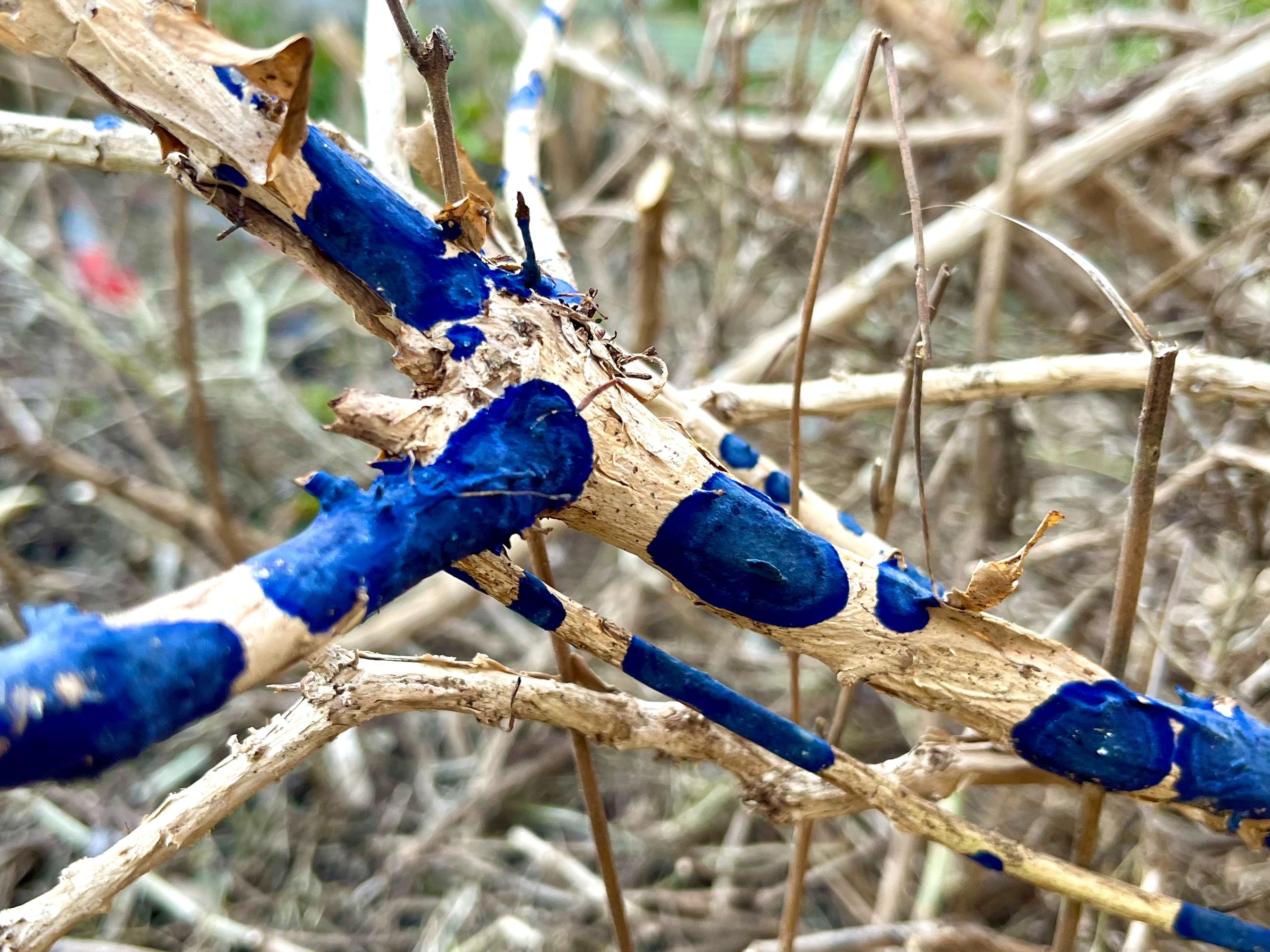Removal business

We were in the removal business this week at Genus HQ. Not traipsing up and down stairs with wardrobes and mattresses, but out in the garden removing a large half dead hedge. Several years ago this hedge in question, one of Lonicera nitida, was damaged by snow. Crushed in places, contorted and forced permanently out of shape we were never able to effectively repair the damage. Combined with the fact that recent frosts had killed off the foliage, turning it brown and naked, it didn’t really serve a purpose, neither separating or delineating a boundary or border - it had to go.
A petrol hedge trimmer was used briefly to gain access to the inner branches of the hedge and once in, we were able to set to work with the loppers taking all the thick stems off at their ankles while finer branches were nipped off with secateurs.
This lopping and chopping proved to be the minor part of the operation however. The resulting debris needed to be transferred to our brash pile on the edge of the meadow - a warm job that saw us stripping off several layers. Now uncovered we could see the base of the hedge had hidden an assortment of bricks, walling stone, and long forgotten dog balls.
One exciting find was a highly unusual and some say rare fungi that had formed on some of the hidden branches. Appearing as though a previous occupant of the cottage had splashed paint around while painting the shed, Terana caerulata or Cobalt Crust (pictured) is a beautiful low growing crust fungi that is rarely spotted and it was certainly a first for us.







